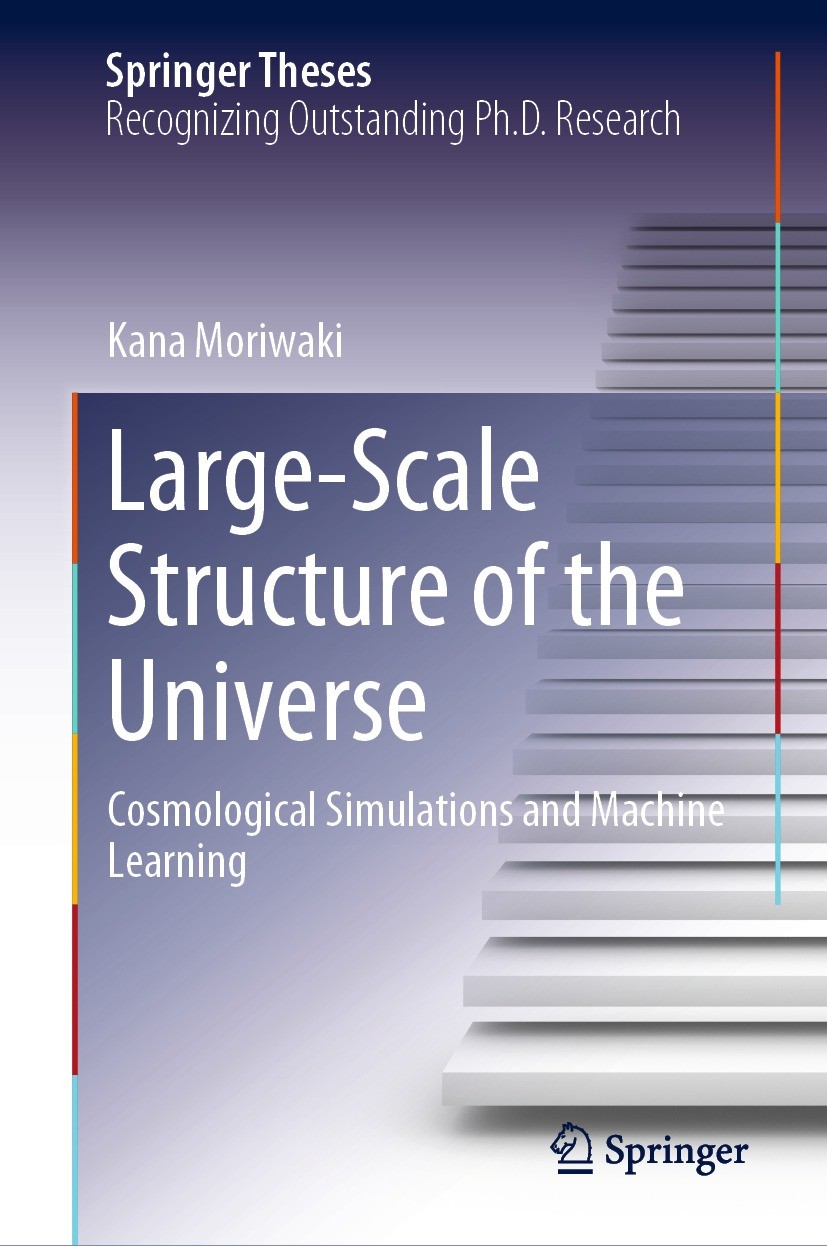| 书目名称 | Large-Scale Structure of the Universe |
| 副标题 | Cosmological Simulat |
| 编辑 | Kana Moriwaki |
| 视频video | http://file.papertrans.cn/582/581421/581421.mp4 |
| 概述 | Nominated as an outstanding Ph. D. thesis by The University of Tokyo.Offers a novel technique based on machine learning for analysis of astronomical observational data.Develops conditional generative |
| 丛书名称 | Springer Theses |
| 图书封面 |  |
| 描述 | .Line intensity mapping (LIM) is an observational technique that probes the large-scale structure of the Universe by collecting light from a wide field of the sky. This book demonstrates a novel analysis method for LIM using machine learning (ML) technologies. The author develops a conditional generative adversarial network that separates designated emission signals from sources at different epochs. It thus provides, for the first time, an efficient way to extract signals from LIM data with foreground noise. The method is complementary to conventional statistical methods such as cross-correlation analysis. When applied to three-dimensional LIM data with wavelength information, high reproducibility is achieved under realistic conditions. The book further investigates how the trained machine extracts the signals, and discusses the limitation of the ML methods. Lastly an application of the LIM data to a study of cosmic reionization is presented. This book benefits students and researchers who are interested in using machine learning to multi-dimensional data not only in astronomy but also in general applications.. |
| 出版日期 | Book 2022 |
| 关键词 | Line Intensity Mapping; Signal Reconstruction; Generative Adversarial Network; Galaxy Formation and Evo |
| 版次 | 1 |
| doi | https://doi.org/10.1007/978-981-19-5880-9 |
| isbn_softcover | 978-981-19-5882-3 |
| isbn_ebook | 978-981-19-5880-9Series ISSN 2190-5053 Series E-ISSN 2190-5061 |
| issn_series | 2190-5053 |
| copyright | The Editor(s) (if applicable) and The Author(s), under exclusive license to Springer Nature Singapor |
 |Archiver|手机版|小黑屋|
派博传思国际
( 京公网安备110108008328)
GMT+8, 2025-12-27 23:45
|Archiver|手机版|小黑屋|
派博传思国际
( 京公网安备110108008328)
GMT+8, 2025-12-27 23:45


